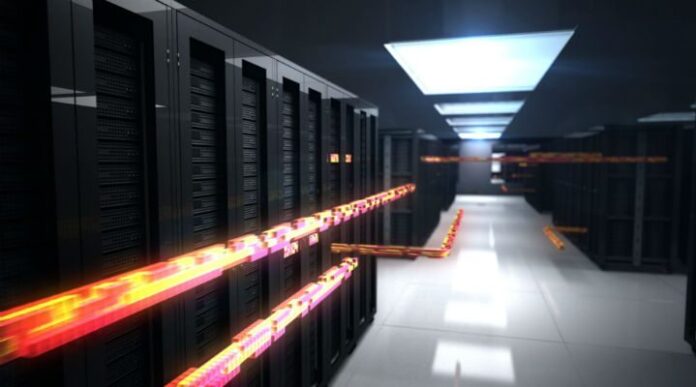Data center network infrastructure is set to undergo major transformation to meet the needs of continuously growing data traffic while supporting the internet of things, the advent of 5G networks, and the influence of Network Function Virtualization.
Data center networks are already under pressure to supply ever-increasing speed and scale for interconnection, both between data centers and within individual data centers. The key drivers of IoT, 5G and NFV will push demands even further. For IoT, data center capacity will have to scale rapidly in order to support billions of new devices. NFV deployments present a scaling challenge as well, as data centers need to support new flexibility in resource availability and utilization.
5G will be grounded in even more sophisticated NFV features that will require high speed, bandwidth-intensive data center communications. One of the key concepts in 5G networks is that of network slicing, to address the needs of specific services or user groups with dedicated, tailored resources that adapt to real-time network conditions while maintaining key service quality metrics. Data center infrastructure will be central to enabling this network slicing capability.
Meanwhile, latency as low as 1 millisecond is being discussed for 5G, which is unlikely to be supported with dozens of miles of fiber between the end user and data centers. Data centers are likely to become more distributed in order to be closer to cellular towers and end users, to enable new services such as home automation, mobile payment and fulfillment, and even connected vehicles.
Data centers are changing not just on an architecture level, but on a physical one as well. There are more multi-fiber connections for high-density connections. The 10G interface is are no longer sufficient to support bandwidth demands of the data center. Multiple 25G, 50G and 100G ports are expected to dominate the data center going forward. These changes require superb quality in the physical fiber layer. So test equipment must be capable of ensuring clean, fault-free connections and support testing of dense, high-bandwidth data center infrastructure with fast and easy test processes that can speed up installation. EXFO offers a full line of fiber testing products to meet the needs of the 5G-ready data center, and its 3D analytics includes physical layer assessment as part of network and service visibility.
Beyond the physical layer, the high demands on data center networks also mean that test automation, test orchestration and sophisticated analytics are necessary for end-to-end verification and service assurance in a new environment of complex NFV and emerging 5G requirements. With EXFO’s 3D analytics offering real-time intelligence for a 360-degree view of the customer experience, data center operators can have confidence that they are on top of reliability requirements and efficient use of resources for both current and future services.
Products featured:
- FIP-435B – Fiber Inspection Probe
- MAX-940/945iCERT OLTS Fiber Certification
- iOLM – intelligent Optical Link Mapper
- FTBx-88200NGE Power Blazer 100G Test, featuring iOptics transceivers diagnostic test tool
- EXFO WORKS Verifier & Xtract 3D Analytics

